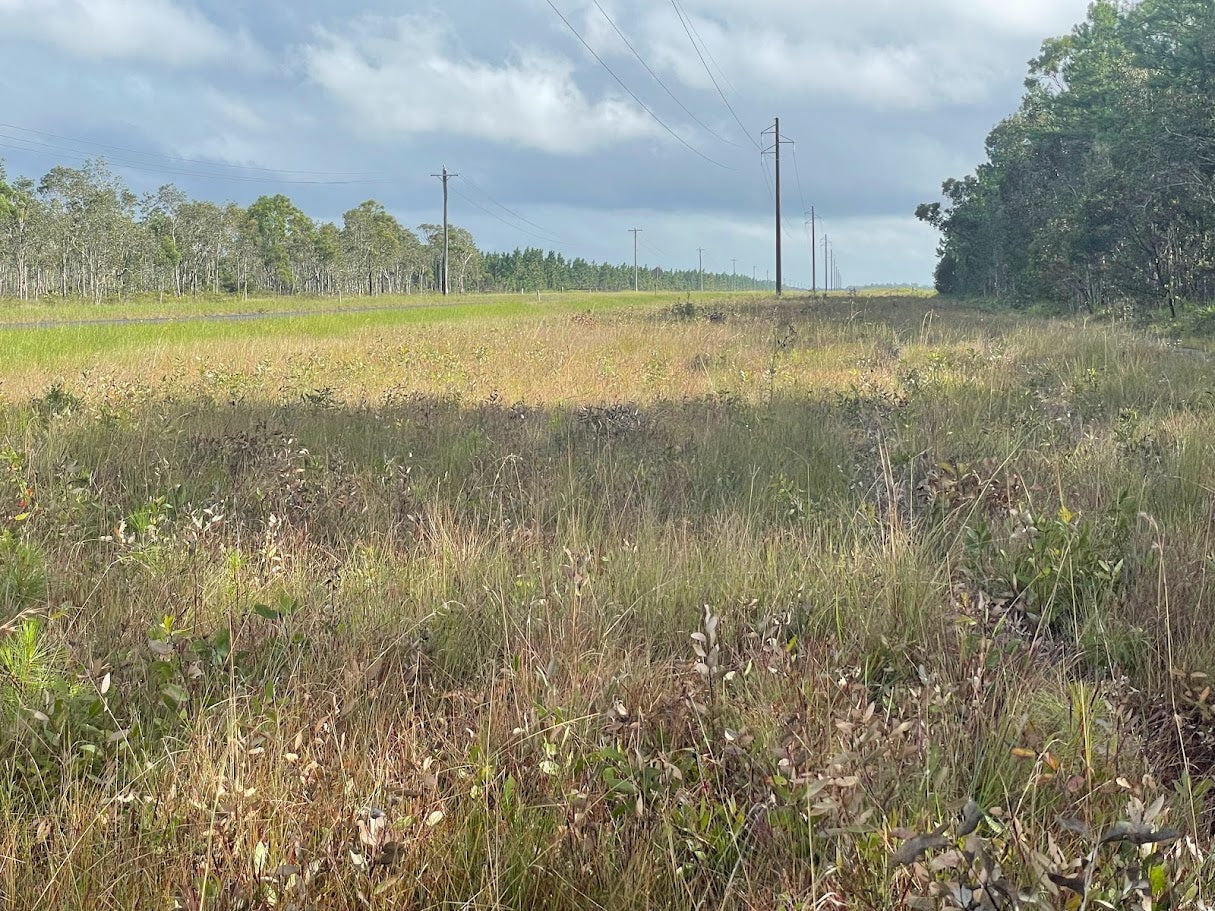
The Critical Role of Weed Hygiene in Effective Weed Management
Weed hygiene management is a cornerstone of effective biosecurity and sustainable land use in Queensland. The unchecked movement of soil, vehicles, stock, and equipment can inadvertently spread invasive species, undermining agricultural productivity, native biodiversity, and public health. This article examines why hitchhiking weeds are such a significant problem, how they have become so widely established and dispersed, the approaches taken to control them, and what lessons can be drawn for future management across property and jurisdictional boundaries.
Weed Superhighways
Australia has an estimated 460,000Kilometres of road and 33000 kilometres of heavy rail. Combined these networks form the arteries of Australian industry, spanning countless land uses and ecosystems. Human vehicles and their transport corridors provide an enormous opportunity for weed hitchhikers. Engine bays, wheel arches, slasher decks all provide perfect places for weed propagules to remain intact whilst they are transported to new locations that are suitable for infestation and often unprepared to deal with the emerging threat before it's too late.
Why weeds are a problem
At an estimated $600milion dollars a year, excluding environmental impact, the direct impact of weeds in Queensland is significant. Indirectly the costs are even greater and harder to quantify as precious ecosystems are destroyed, and human health is impacted. Much of these costs can be attributed to a lack of hygiene management for facilitating dispersal and establishment of weeds in new areas.
Establishment and spread in Australia
Australian roads are well-served to act as transport corridors. With a continuous road loop like the M1 that passes through all major population centres and the natural and agricultural areas in-between there is boundless opportunities for rapid establishment and spread of weeds across tenure and jurisdiction. Such diverse climate, habitat and management regimes presents ideal niches for weed invasion.
Control Measures and Legislative Response
Outside of biosecurity campaign's that have a species-lead focus, the obligation on vehicle users to manage weed hygiene are limited. General Biosecurity Obligations rarely extend to effective equipment decontamination and are largely ineffective without widespread access suitable facilities.
Current State in Queensland
Whilst historically Queensland has had mixed success with invasive species management and effectively implementing control and containment, the history is clear that the use of hygiene management measures, has been central to every successful biosecurity campaign. On the basis that prevention will always be better than cure, it would be better to apply this mentality to all weeds rather than wait for significant biosecurity threat to emerge, before establishing broad-based hygiene measures.
Lessons Learned: Towards Better Weed Management
Generally weed experience highlights several critical lessons for future weed hygiene management:
-
Hygiene is Fundamental: Preventing seed movement through rigorous cleaning of vehicles, machinery, and clothing is essential. Once a weed like Parthenium is established, eradication is almost impossible.
-
Cross-Boundary Collaboration: Weeds do not respect property lines or administrative borders. Effective management requires coordinated action between landholders, local councils, and government agencies, with consistent enforcement and information sharing.
-
Early Detection and Rapid Response: Early intervention dramatically improves the chances of containment. Education and reporting mechanisms for landholders and contractors are vital.
-
Legislation Must Evolve: Laws need to be clear, enforceable, and adapt to changing circumstances, including new pathways of spread and emerging infestations.
-
Community Engagement: Sustained public awareness campaigns and support for landholders are necessary to maintain vigilance and compliance with hygiene protocols.
Conclusion: A Call to Action for Improved Weed Hygiene
Weeds have left a legacy in Queensland is a stark reminder of the cost of complacency and the importance of robust weed hygiene management. While significant progress has been made, the ongoing threat posed by Parthenium and other invasive species demands continued vigilance, innovation, and cooperation. By learning from past mistakes and successes, Queensland can strengthen its biosecurity systems and protect its valuable agricultural and natural resources for generations to come.
Additional content
VIEW GWS' ADDITIONAL CONTENT TO LEARN MORE ABOUT THE WEED INDUSTRY

Towards Modern Vegetation Management: Solutions for Australia’s Linear Infrastructure
Understanding the Changing Vegetation Challenge Vegetation management across Australia’s linear infrastructure corridors is becoming increasingly complex. Roads, rail corridors, gas pipelines, elec...
Read more
Case Study: Parthenium Weed Hygiene
Introduction: The Necessity of Weed Hygiene Management Australia’s vast expanses and diverse land uses, from grazing pastures and cropping zones to natural bushland and urban corridors are u...
Read more
The Critical Role of Weed Hygiene in Effective Weed Management
Weed hygiene management is a cornerstone of effective biosecurity and sustainable land use in Queensland. The unchecked movement of soil, vehicles, stock, and equipment can inadvertently spread inv...
Read more
